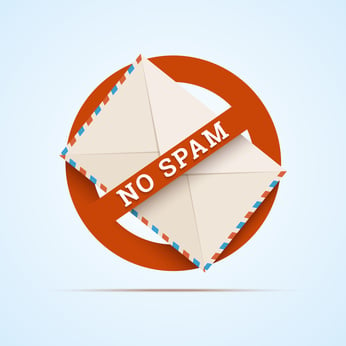A guide to marketing automation
Many businesses shy away from marketing automation because they believe it's too cold, impersonal, and unreliable for their purposes. However,...
1 min read
Mark Parent
May 9, 2014 9:00:00 AM EDT


“Deliverability rate” is the percentage of email messages delivered to your recipients’ inboxes versus the total number of messages sent. It tells you how many of the emails bounced back and if that number is high, it’s a sure sign of inactivity. There are soft bounces and hard bounces.
The soft bounce is temporary and occurs when an email server rejects an incoming message. For instance, when your recipients’ inboxes are full. A hard bounce, on the other hand, is less benign and represents a permanent error to deliver an email. This generally occurs when the addresses you send to are bad or don’t exist at all.
The Challenge Of Low Deliverability
If you work with the right inbound marketing agency, chances are you will not have to live in fear of the dreaded “low deliverability rate”. Why? Because seasoned inbound marketing agencies have the right tools and experience. “Low deliverability might get you blocked by ISPs,” explains Mark Parent in his new eBook “An Introduction To Email Marketing”. “If your list is loaded with inactive emails, you don’t have a sense of your true complaint rate. While many marketers just look at total complaints over total list size, ISPs are actually looking at total complaints over number of active email users.”
What’s more, ISPs can also mark abandoned email addresses as spam traps. “This means that, even if you acquired emails in a legitimate manner, the abandoned addresses may have morphed into spam traps.”
Aside from all the ISP problems, a low deliverability rate also means you are wasting money by sending messages to nonexistent addresses.
Improve Your “Email List Hygiene”
In “An Introduction To Email Marketing”, Parent presents a three-step solution to help veteran marketers and new marketers raise email deliverability:
Step 1: Regular Maintenance
Clean up your email list by removing those addresses that are no longer engaged. You can identify these addresses with metrics such as opens, clicks, or website activity.
Step 2: A Stricter Opt-In Process
If you have a really serious problem with deliverability, you might want to redefine your opt-in process to prevent invalid emails from getting on your list. Either ask people to enter their email twice or experiment with double opt-in.
Step 3: Preference Center
Make sure your recipients have an opportunity to update their email addresses. Invite them to your preference center from every email you send. That might also help you with segmentation and achieving higher engagement overall.
Want to find out more about what rich, valuable content can do for your company? Download our ebook: The Ultimate Guide to Hiring an Inbound Marketing Agency.

Many businesses shy away from marketing automation because they believe it's too cold, impersonal, and unreliable for their purposes. However,...

Events are an excellent way to hob-nob with important influencers and customers – but they can also come across as stale or played out tactics ("old...

If you run a business or work in a marketing department, you may have heard the phrase “content is king.” This phrase, made popular by Bill Gates,...